Operation Market Garden
Operation Market Garden: September 17–25, 1944
Operation Market Garden was one of the most ambitious Allied offensives of World War II. Conceived by British Field Marshal Bernard Montgomery, it was intended to bring the war in Europe to a swift conclusion by outflanking the German Siegfried Line, crossing the Rhine River, and driving deep into the industrial heartland of Germany—the Ruhr. The operation took place in the Netherlands between September 17 and 25, 1944, and represented the largest airborne assault in history up to that time.
Strategic Context
By late summer 1944, following the success of the Normandy landings (D-Day) and the subsequent breakout from France, the German army was in retreat across Western Europe. The Allies faced stretched supply lines as they advanced rapidly toward the German border. Montgomery proposed an audacious plan: rather than slowly fighting through German defenses along the entire front, he aimed to concentrate resources for a single powerful thrust through the Low Countries, bypassing strong German fortifications.
The objective was to seize a series of bridges over major rivers and canals in the Netherlands—culminating with the Lower Rhine at Arnhem—thereby opening a clear route into northern Germany. Success, Montgomery believed, could potentially end the war by Christmas 1944.

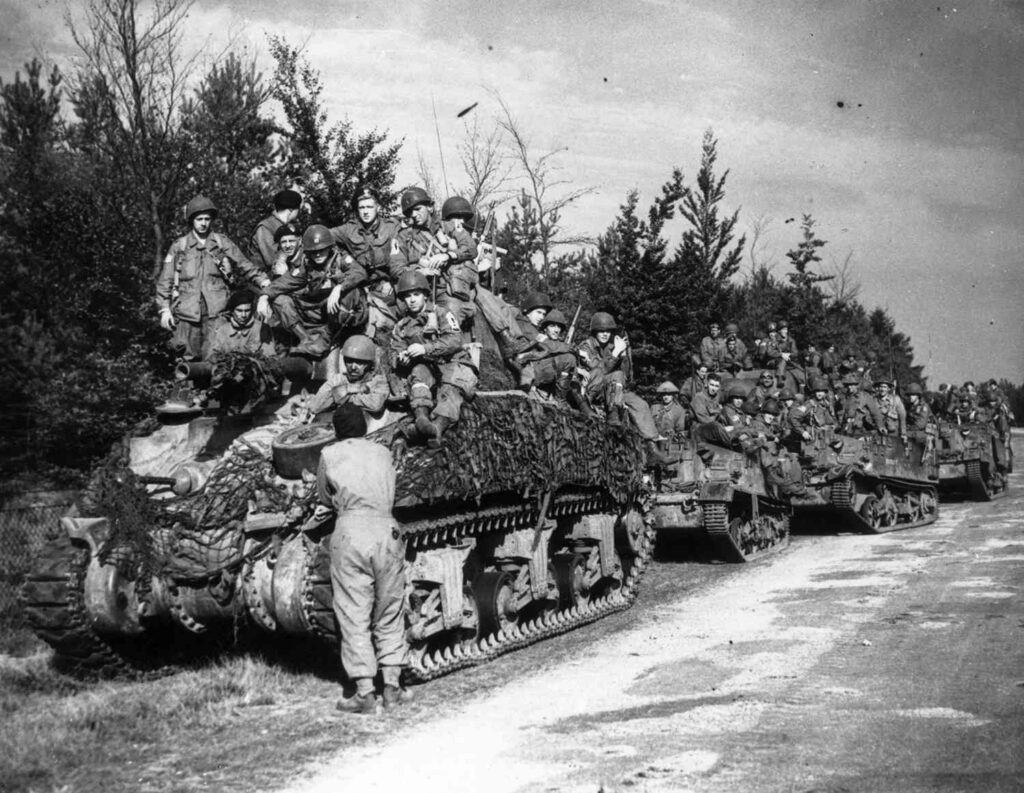
The Plan
The operation was divided into two main components:
Operation Market – The airborne phase, involving three Allied airborne divisions that would capture and hold key bridges ahead of the ground forces.
The U.S. 101st Airborne Division (Major General Maxwell D. Taylor) was to capture bridges around Eindhoven and Son, securing the southern sector.
The U.S. 82nd Airborne Division (Brigadier General James M. Gavin) was to take bridges over the Maas River at Grave and the Waal River at Nijmegen.
The British 1st Airborne Division, supported by the Polish 1st Independent Parachute Brigade under Major General Stanisław Sosabowski, was assigned to seize the critical bridge at Arnhem, the final crossing over the Rhine.
Operation Garden – The ground phase, involving XXX Corps of the British Second Army (under Lieutenant-General Brian Horrocks), which would advance north from the Belgian border along a single narrow road—the “Hell’s Highway”—linking the airborne troops and pushing through to Arnhem.
The success of the plan relied heavily on speed, coordination, and maintaining the element of surprise.
September 17, 1944 – The Airborne Landings
On the morning of September 17, thousands of Allied paratroopers dropped into the Netherlands under heavy German anti-aircraft fire. The landings themselves were largely successful, but problems soon arose. The British 1st Airborne Division was dropped several miles west of Arnhem—too far from its main objective—due to limited suitable drop zones. This delay proved disastrous.
Securing the Southern Bridges
In the south, the 101st Airborne captured most of its objectives but failed to secure the Son Bridge intact, which was blown up by German engineers. A temporary Bailey bridge had to be built, causing delays for the advancing British tanks. The 82nd Airborne faced fierce resistance at Nijmegen, where the vital bridge over the Waal River remained in German hands for several days.
The Fight for Arnhem
At Arnhem, the 1st Airborne Division faced unexpectedly strong German forces, including elements of the II SS Panzer Corps, which happened to be refitting in the area. Despite the odds, a small contingent led by Lieutenant Colonel John Frost managed to reach the Arnhem bridge and held the northern end for several days against repeated German attacks. However, due to communication failures and stiff resistance, the rest of the division was unable to reinforce them. By September 21, Frost’s men had run out of ammunition and were overrun.
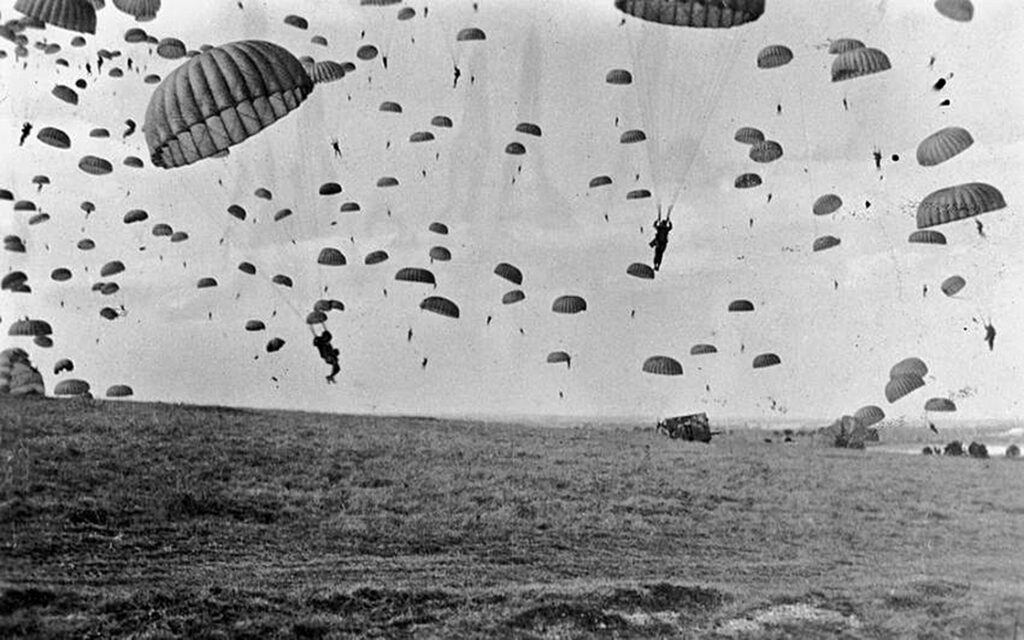
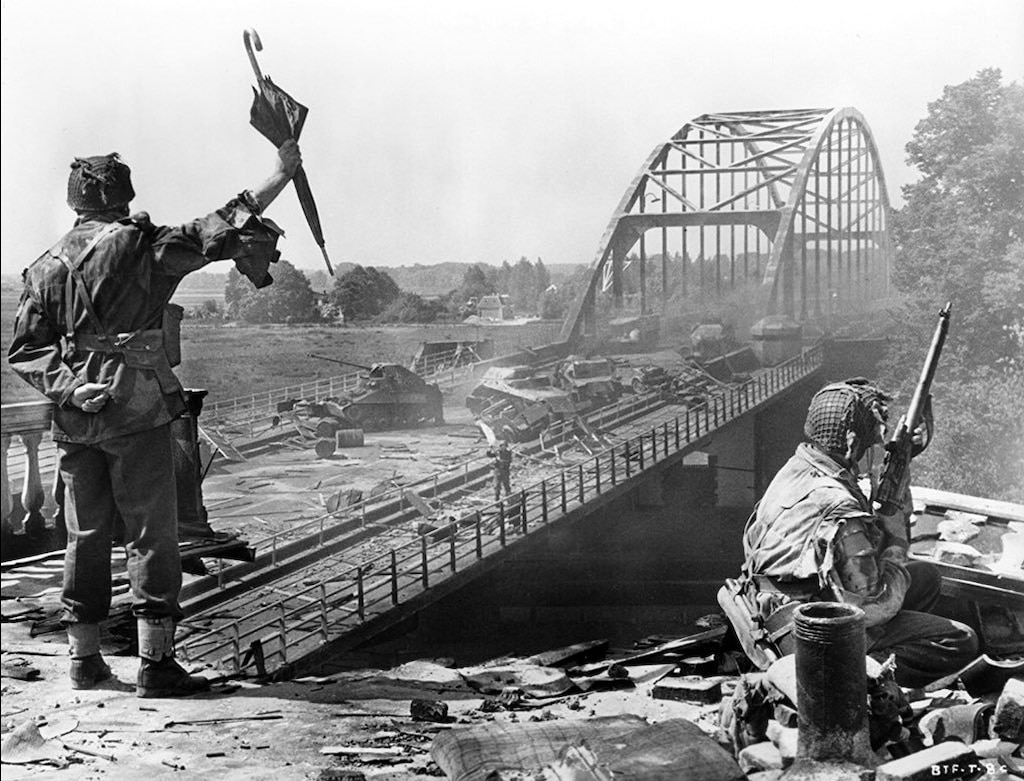
The Ground Advance and Collapse
Meanwhile, XXX Corps made slow progress along the narrow road, facing German counterattacks and constant ambushes on both flanks. The route became clogged with vehicles and vulnerable to enemy fire. By the time they reached Nijmegen and captured the bridge in a daring river crossing on September 20, precious time had been lost.
When British ground forces finally approached Arnhem, it was too late. The surviving paratroopers had been pushed back into a small defensive pocket around the village of Oosterbeek, across the river from Arnhem. On September 25, under heavy bombardment and running out of supplies, the remnants of the 1st Airborne Division were ordered to withdraw across the Rhine. Of the roughly 10,000 troops who landed near Arnhem, only about 2,000 managed to escape.
Outcome and Consequences
Operation Market Garden ultimately failed to achieve its primary goal of securing a bridgehead over the Rhine. The Allies had advanced deep into the Netherlands but could not hold Arnhem. The failure was due to several factors:
Overly optimistic planning and intelligence that underestimated German strength.
Poor weather conditions that delayed resupply and reinforcement flights.
Logistical bottlenecks on the single main road used by XXX Corps.
Communication breakdowns among airborne units.
The operation resulted in around 17,000 Allied casualties, including many killed, wounded, or captured. German losses were estimated at around 8,000. The defeat prolonged the war in Western Europe by several months, and the northern Netherlands remained under German occupation until May 1945.
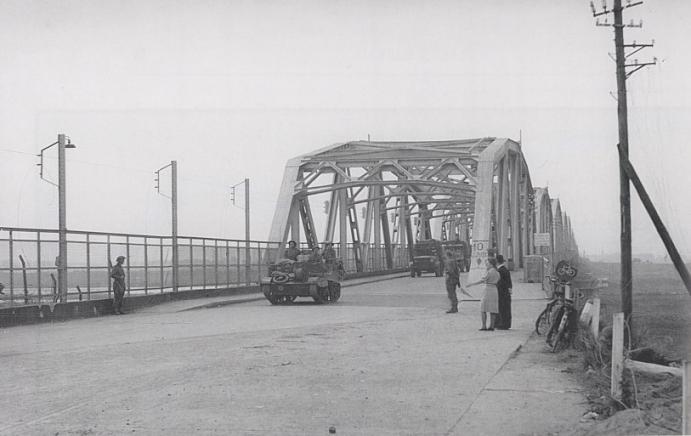
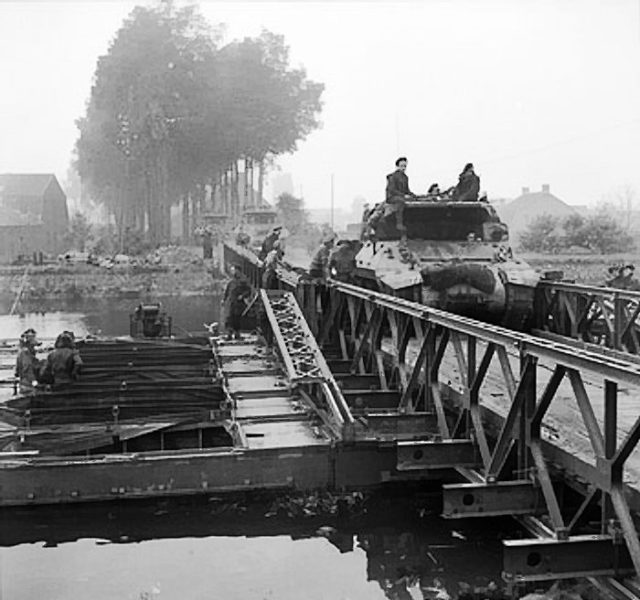
Legacy
Despite its failure, Operation Market Garden demonstrated the bravery and resilience of Allied airborne forces, particularly those at Arnhem, whose stand became legendary. Their sacrifice is commemorated every year in the Netherlands, where the people continue to honor the soldiers who fought to liberate them.
The operation has since become a case study in military strategy—highlighting the risks of overextension, the importance of accurate intelligence, and the limits of airborne warfare. The story was later popularized in Cornelius Ryan’s 1974 book “A Bridge Too Far” and the 1977 film adaptation of the same name.









